Lake Vostok and the search for extraterrestrial life
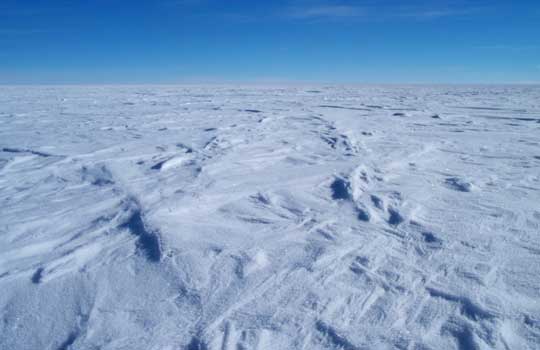
When Russian geographer and Antarctic explorer Andrey Kapitsa travelled to Vostok Station in 1959 he was looking for evidence of a subglacial lake that was first proposed by Russian scientist Peter Kropotkin at the end of the 19th century. Whilst Kropotkin was not able to specify the location of subglacial lakes, he theorised that masses of fresh water could be trapped far below the Antarctic ice sheets. He believed that the massive pressure of thousands of meters of solid ice would mean that temperatures at the bottom of the ice sheet would be high enough to create isolated water lakes.
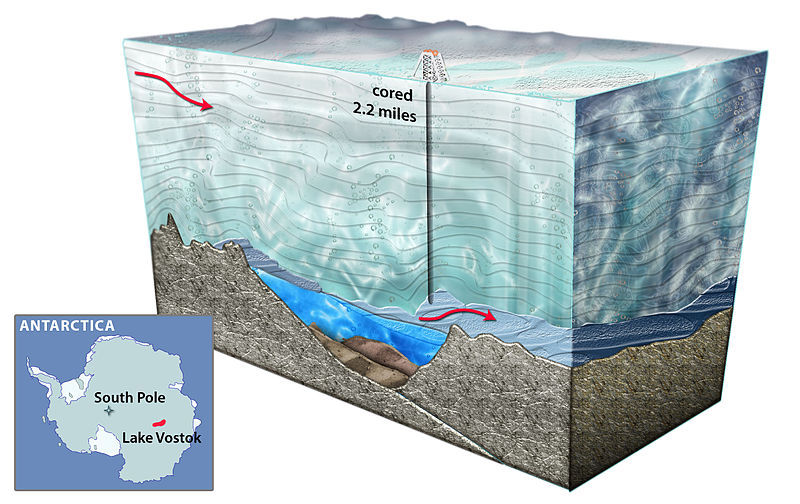
During expeditions to the region around Vostok Station in 1959 and 1964 Kapitsa took numerous seismic readings of the thickness of the Antarctic ice sheet. When Kapitsa analysed his measurements he was able to confirm that he had found a subglacial lake – just as Kropotkin predicted.
It wasn’t until the 1970s that further tests were conducted on Lake Vostok. British scientists performed numerous tests including airborne ice-penetrating radar surveys over the site. Results confirmed the presence of a liquid, freshwater lake far below the icy surface. In the 1980s and 1990s subsequent studies confirmed the details of the lake and revealed that it was the largest of 140 known Antarctic subglacial lakes (about 400 subglacial lakes exist worldwide). Measurements showed that the lake was more than 250km long, 50 km wide, about 400m deep, and was submerged more than 4km under the surface. In 2005 it was discovered that Lake Vostok had a number of islands, and that it’s likely that Lake Vostok is connected to other Antarctic subglacial lakes by a series of subglacial rivers. Unfortunately, scientists are still unsure how water might travel between the lakes, however it appears that the water in Lake Vostok may have been trapped under the ice for 15 – 25 million years. Lake Vostok is interesting to astronomers and astrobiologists, who theorise that if life exists somewhere in the cold murky depths of the lake, then perhaps it could also survive in the cold icy moons of our outer solar system.
Since 1989 there have been various efforts to drill down into the lake to obtain samples to test for microbes. However, drilling Lake Vostok has proven to be a very difficult exercise due to the remote location, freezing temperatures (the coldest recorded temperatures on Earth were recorded at Lake Vostok at -89 degrees Celsius), and long dark winters that reduce drilling times. Samples were taken from an ice core that reached within 100m of the lake in 1998, 2011 and 2012 but these results were inconclusive.
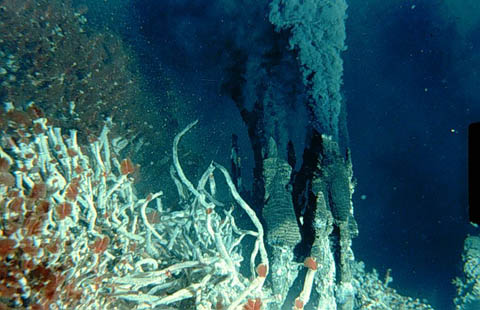
Recently researchers announced that they had penetrated the ‘surface’ of Lake Vostok and had analysed samples taken from the drill head in the borehole. Results indicated a type of bacteria that was ‘unknown’ – a result that initially excited scientists. However, the next day, it was announced that the bacteria in the sample was found to use kerosene as an energy source. This was problematic for the team, as they use significant amounts of kerosene and freon at the site to stabilise the borehole (54 tonnes over the last few years). This result pointed to a likely contamination of the sample. Researchers advised they would be conducting further tests in order to collect ‘clean’ samples.
So – why are we so interested in Lake Vostok?
Until the mid 1980s we had a very narrow idea of where life could survive on our planet. We essentially applied the ‘Goldilocks’ theory; in order to foster ‘life’ the environment had to be not too hot, not too cold, must have water, sunlight etc… In the 1980s and 1990s, scientists discovered that microbial life has an amazing ability to survive in what we would consider extreme environments, niches that are blisteringly hot, dry, acidic, or even extremely cold. The discovery of these microbes, known as extremophiles has shown us that the boundaries of where life can exist, and even thrive are far wider than previously imagined. The image above shows a ‘black smoker’ hydrothermal vent – deep in the ocean spewing out water anywhere from 60 – 400 degrees Celsius. Typically these objects are surrounded by life forms, including Thermophiles, microbes that thrive in extremely hot temperatures. Until these deep sea hydrothermal vents were discovered in the early 1980’s we had no idea that life could survive, let alone thrive in such an inhospitable environment without sunlight and under such enormous pressure. The Grand Prismatic Spring in Yellowstone National Park in the U.S. is also home to various types of thermophiles, which thrive in the Grand Prismatic hot spring, despite it’s average 70 degree Celsius temperature.
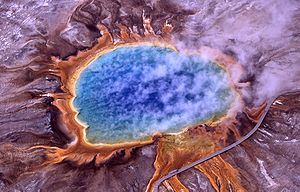
By looking at sites such as Lake Vostok we hope that we will discover something that will confirm our understanding of the boundaries for life or perhaps give us new information! We hope to find a new type of bacteria, similar perhaps to the psychrophile, or cryophile, extremophiles that can grow and reproduce in temperatures as low as -15 degrees Celsius. These organisms are currently found on Earth in small pockets of briny water surrounded by sea ice, alpine and arctic soils, deep ocean waters, glaciers and snowfields.
Although the Russians have been working on Lake Vostok for some time, they aren’t the only ones taking a good look at sub glacial lakes. Researchers from Britain and the U.S. are also working on Antarctic sites. The Americans have drilled more than 800m to reach Lake Whillans, whilst British researchers have stalled testing on Lake Ellsworth while they test new hot-water drilling methods.
If we find microbes surviving in the waters of Lake Vostok, or another subglacial lake that has been subject to enormous pressure, freezing conditions, lack of sunlight – that suggests that life could exist on one of the icy moons of the solar system. With the knowledge gained from sites like Lake Vostok we can plan missions to the icy moons in search of life. Research has shown that subsurface oceans may exist on a number of solar system moons including Enceladus (Saturn), Titan (Saturn), Europa (Jupiter), and Triton (Neptune). Each of these moons may have an environment capable of harbouring life.
It just may not be life as we know it.
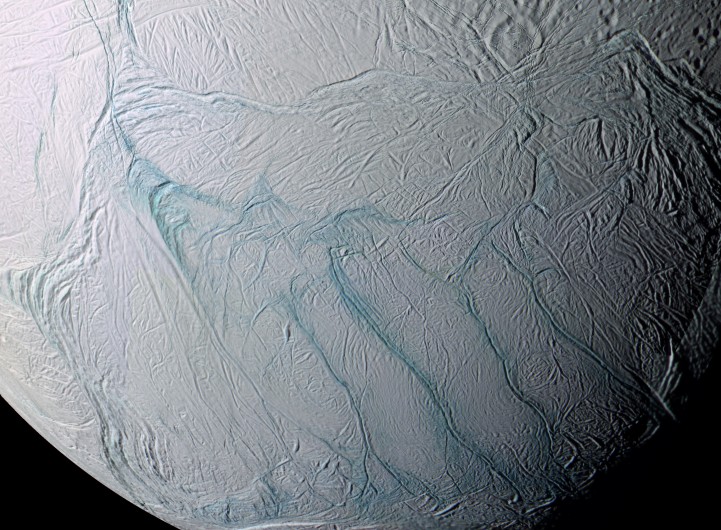
 Follow
Follow
3 thoughts on “Lake Vostok and the search for extraterrestrial life”
Comments are closed.